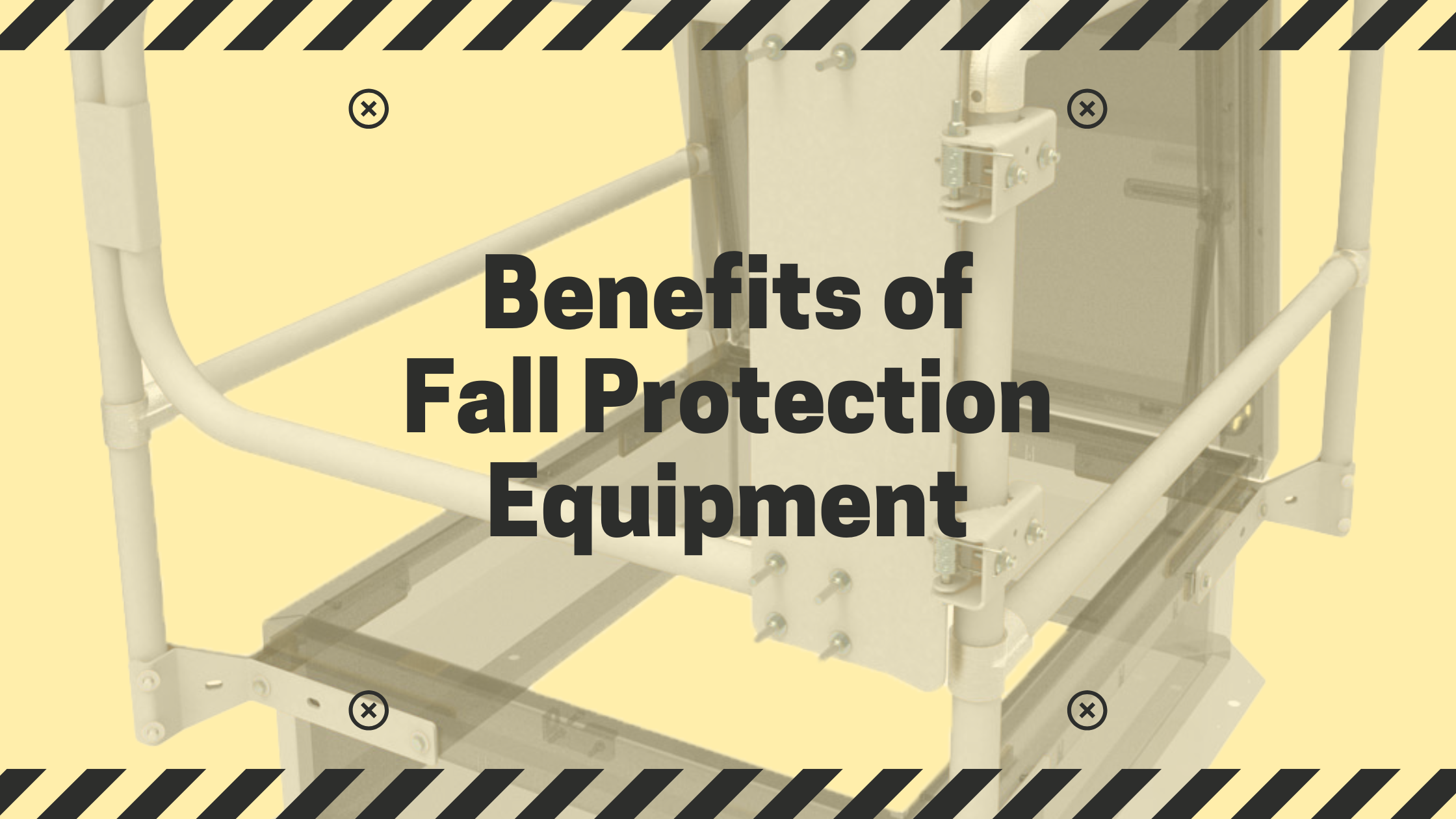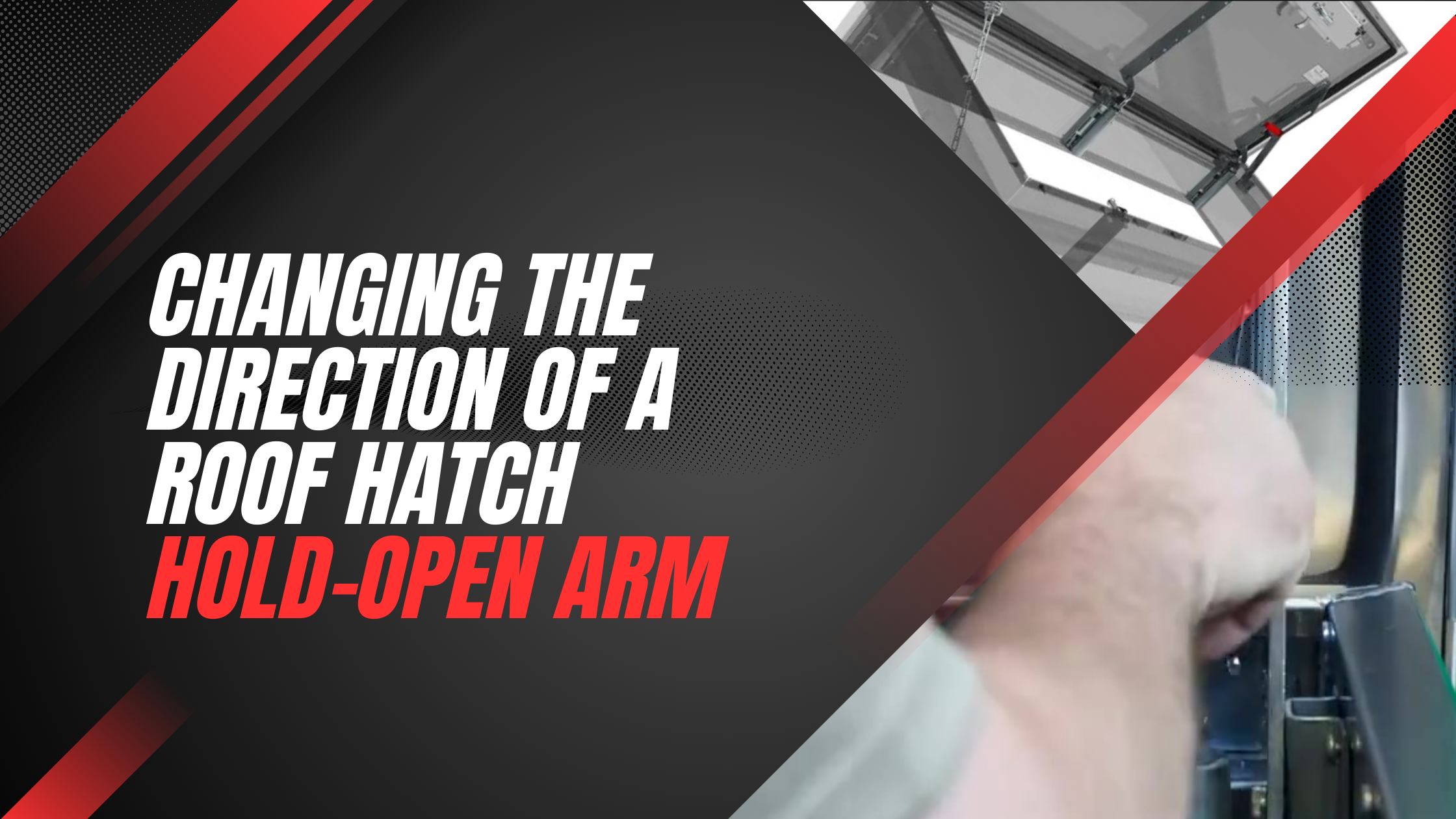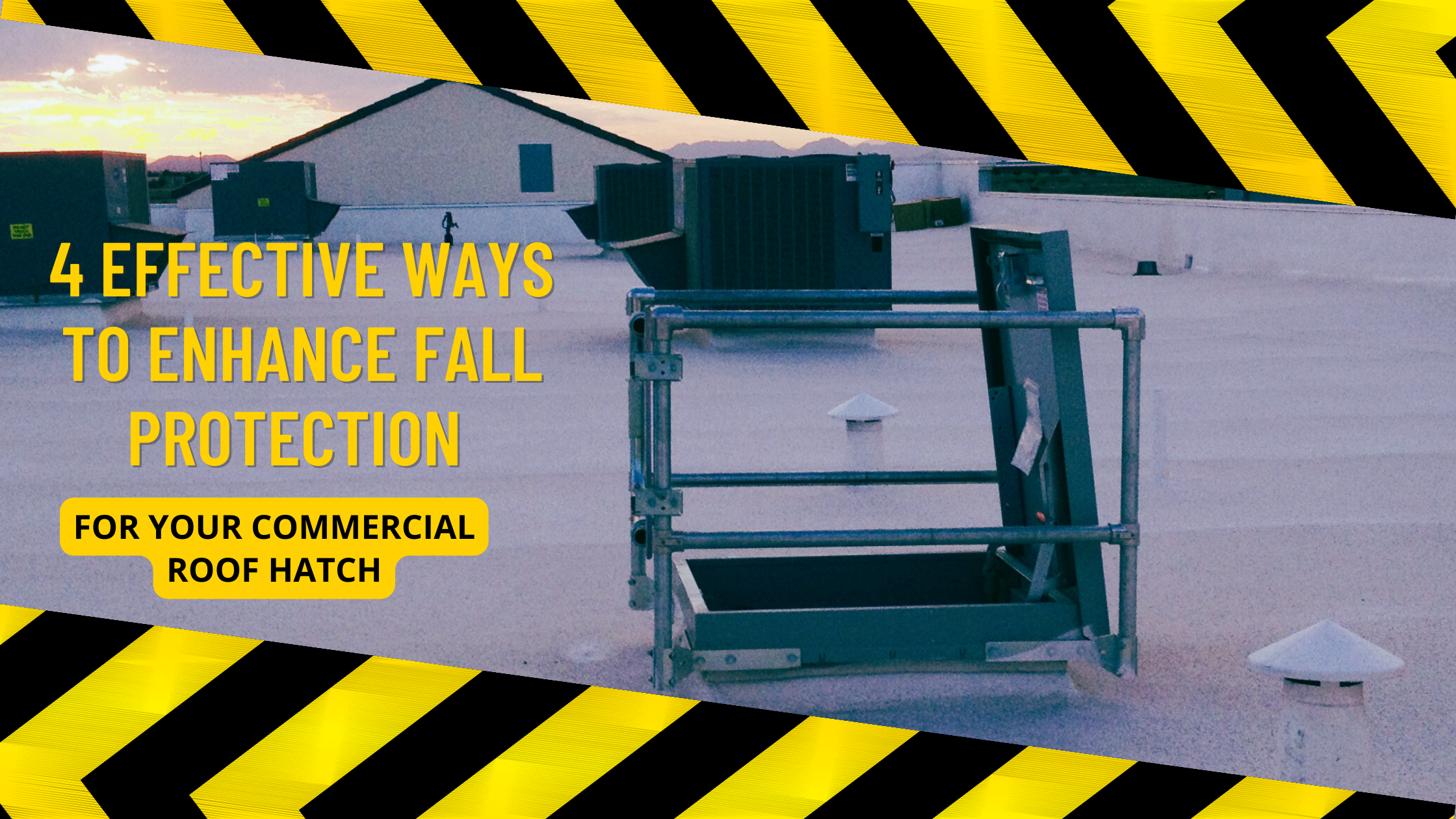Benefits of Fall Protection Equipment
Working in the construction industry can be a dangerous endeavor, with the potential for falls from high places always present. Contractors and building owners must take extra precautions to ensure their safety when working at heights from rooftops and floor doors. This is where fall protection equipment comes into play. Fall protection equipment is designed to keep workers safe while they are working at heights, and its use is increasingly demanded throughout the construction industry. In this blog post, we’ll discuss why it’s so important for contractors and building owners to utilize fall protection equipment and how it can benefit them.





.png)




